The health and life insurance market has many challenges and trends in common with the wider insurance industry. However, it also faces its own unique hurdles, what are these and what can insurers do about them?
In recent years, consumer behaviour and trends have shifted dramatically. What’s more, these changes look likely to persist. These shifts have heavily impacted the health and life insurance market, and insurers are looking to keep their finger on the pulse of their consumer’s needs.
One such insurer is Brazil-based Prudential International Insurance, which recently teamed up with e-commerce company MercadoLibre to offer embedded life insurance products to shoppers via the Mercado Pago platform. This allows the company to capture a large group of consumers, whilst providing them with an easy-to-use and hassle-free service, as easy as buying toothpaste, according to Prudential.
Hub International Limited (HUB) is another example of an insurer looking to make buying policies easy. The company partnered with tech company Ethos earlier this year to offer users an online application process that doesn’t require a medical exam and can be completed in minutes.
Elsewhere, in the health insurance space, companies are recognising there is much to be done in the industry and are gearing up to take on some of its pain points.
Spot, a startup offering on-demand injury insurance in the US, raised $33m in funding earlier this year, comprising $25m in equity and $8m in debt. The company is on a mission to overturn the reputation of insurers being difficult to deal with and provide an alternative to “broken US health insurance.”
Health InsurTech startup Peachy is similarly ambitious, but based in the UK, the company hopes to relieve some pressure on the National Health Service (NHS). The company recently raised £1.5m to support its platform that gives customers more access to private healthcare.
Where does the industry currently stand?
There have been a few notable trends shaping the health and life insurance market in the last year or so. According to Maximilian Stratmann, chief revenue officer at Scanbot, one of the most prominent factors is the huge technological advancements taking place. “Not only are more and more InsurTechs entering and disrupting the market, but also existing insurance models are being redefined.”
Insurers increasingly need to leverage technology and data competencies to build seamless digital experiences, Stratmann said, as well as invest in increasing robot process automation. This ties in with the trend of changing customer demands. “Insureds nowadays want personalised offers, high transparency, and high service quality, accessible through easy-to-use digital channels.”
Current demand for health and life insurance products is higher than ever, according to Stratmann. This is in part being driven by a growing middle class and increasing demand from the so-called “baby boomer generation.” Moreover, the Covid-19 pandemic put a spotlight on healthcare in a way we have not seen before, and this has also contributed to a recent increase in life insurance spending as well, Stratmann added.
However, it seems the recent boom may be due to short-term trends, because overall, the life insurance industry has been on the decline for some time. Stratmann said this can be partly attributed to a lack of interest in health and life insurance products among the younger generations, resulting in diminishing returns on core products.
A disengaged younger generation
It is not news to the insurance industry that the younger generation tend to engage less in the health and life insurance market.
According to Mariia Shvets, head of marketing at Cloud Insurance, young people often think of paying for health or life insurance as “throwing tons of money to the wind for something that isn’t likely to occur or will occur very far in the future.”
Yet, of course, no one plans to get sick or hurt. Jenny Cohen Derfler, founder and CEO of travel InsurTech Air Doctor said that the importance of having health insurance cannot be stressed enough. “This is the kind of situation where you don’t need it until you need it. And when that moment comes, you’ll be happy you have coverage.”
Post-pandemic, Derfler continued, has put a spotlight on the importance of insurance coverage, making people more conscious of their health and planning for the unthinkable.
Shvets agreed that Covid-19 impacted consumers’ perspectives. “The pandemic changed how people see life and many worry about their health and life expectancy. Everyone, including millennials, cannot ignore what’s happening and must take measures [to protect themselves].”
As a result, she continued, more people are willing to buy life insurance, including the under 44 segment. “The primary motivator for them is the support their families would get in the event of sudden death or sickness.”
What can insurers do?
Insurers should not rely on this Covid-related boost however, as previously discussed, it could be short lived. Instead, they have an opportunity to proactively engage younger consumers.
How can insurers do this? Air Doctor’s Derfler believes the answer lies with digitalisation. “The younger generation seeks out convenient digital solutions. Insurers who prioritise digitising their processes are ensuring they remain relevant.”
Cloud Insurance’s Shvets agrees with this approach. “To win a younger audience, insurers should make their service fully digital and people friendly.” Shvets said that millennials and Gen Z do in fact see the need to plan their futures and protect themselves, particularly during a time of rising prices eroding people’s real incomes.
To achieve this, Shvets argued that insurers must pursue accelerated underwriting and well-designed user experiences with simple purchase processes. Additionally, they should offer coverage that is easy to understand and online support. Furthermore, most relevant to the life and health insurance market, Shvets said insurers should look to provide affordable products with personalised options, wellness plans and incentives to pursue a health lifestyle.
The customer journey
According to Scanbot’s Stratmann, capturing the younger generation all comes down to perceived value and service quality. This is more poignant than ever when customers are increasingly accustomed to fast and consumer-friendly digital services.
Therefore, an insurers’ secret weapon will be providing a seamless customer experience. “This must be during the buying process, customer onboarding or whilst handling insurance claims,” Stratmann said. By combining digital channels such as chatbots, video conferencing or engaging customer apps with traditional physical touchpoints, insurers can create a “WOW” effect at every step of their insureds’ journey.
In built into the customer journey, must be the option to customise products. According to Air Doctor’s Derfler, there is no one size fits all solutions, so personalisation is key. “Products that give policyholders the option to customise them to fit seamlessly into their environment are going to stand the test of time.”
Scanbot’s Stratmann said that products that are flexible, whereby coverage can be adjusted depending on circumstance, are particularly attractive to younger customers. “Models like “Pay-as-you-live” also make it possible to reward a healthy lifestyle by, for example, granting premium reductions.”
Other untapped potential
Another cohort of the population that may be less likely to participate in the health and life insurance market are ‘healthy’ people. Those that consider themselves to be in relatively good health are less likely to be thinking about purchasing health or life insurance policies, and if they are, it is likely a ‘grudge’ payment, that they have purchased somewhat reluctantly.
Scanbot’s Stramann said this perception will probably persist for the time being, however, health and life insurance companies can help themselves by taking a stronger more preventative role by actively promoting and rewarding healthy lifestyles.
“By providing additional services and building captivating customer portals, customer engagement and satisfaction can be greatly increased. Therefore, the perception of insurers is going to change as well.”
In order to tap into this cohort of customers, Air Doctor’s Derfler agreed with Stratmann’s suggestion of offering incentives. “This ensures the policyholder gets something out of the product even when they are not making a claim,” she said.
Further challenges
Beyond capturing segments of the market that are somewhat disengaged, life and health insurers are facing further challenges.
One of the most pressing of these, according to Scanbot’s Stratmann, is the “war for talent”. Many companies in the insurance industry are having a hard time attracting young talent. Stratmann said many talented professional tends to overlook insurance companies as potential employers, because of their “old-fashioned” image. “Finding skilled developers or computer scientists is becoming ever more challenging,” he said.
Another major challenge, Stratmann continued, is building the necessary digital competencies and the lack of focus. “Although many insurers already invest heavily in InsurTech’s, they often lack a clear digitisation strategy. Insurance companies thus need a concise strategy on which technologies to focus on and which strategic partnerships provide additional value.”
Copyright © 2022 FinTech Global


